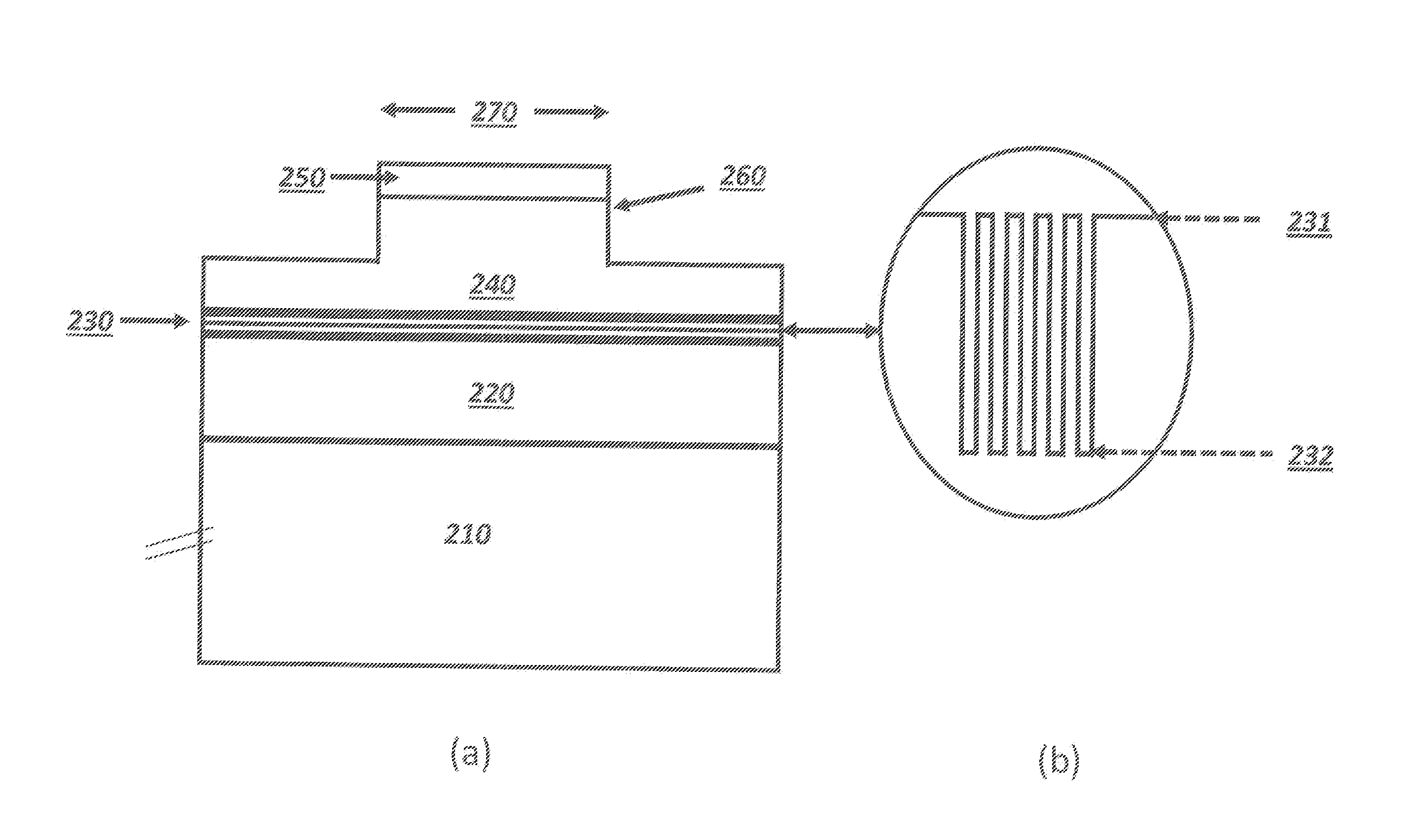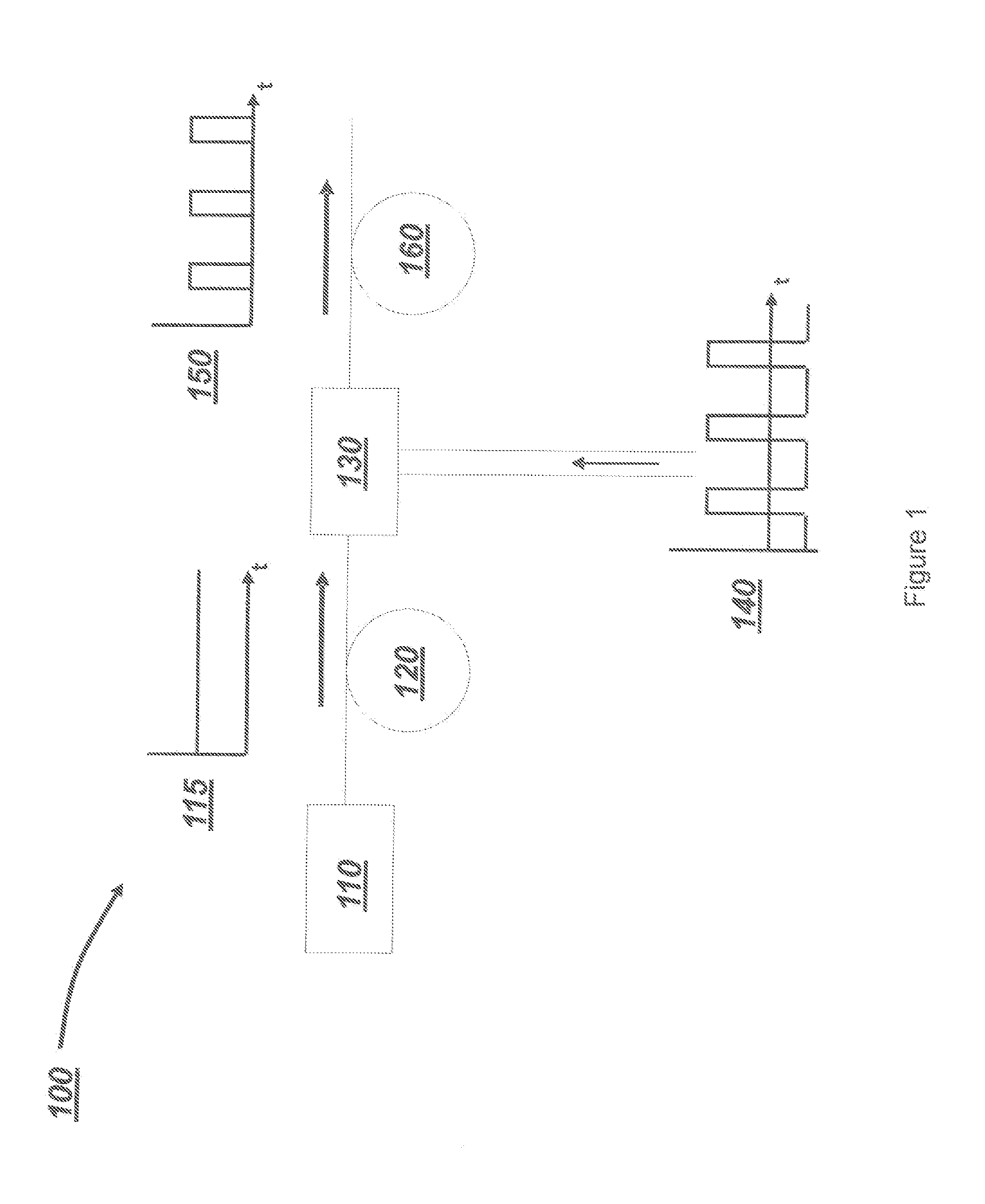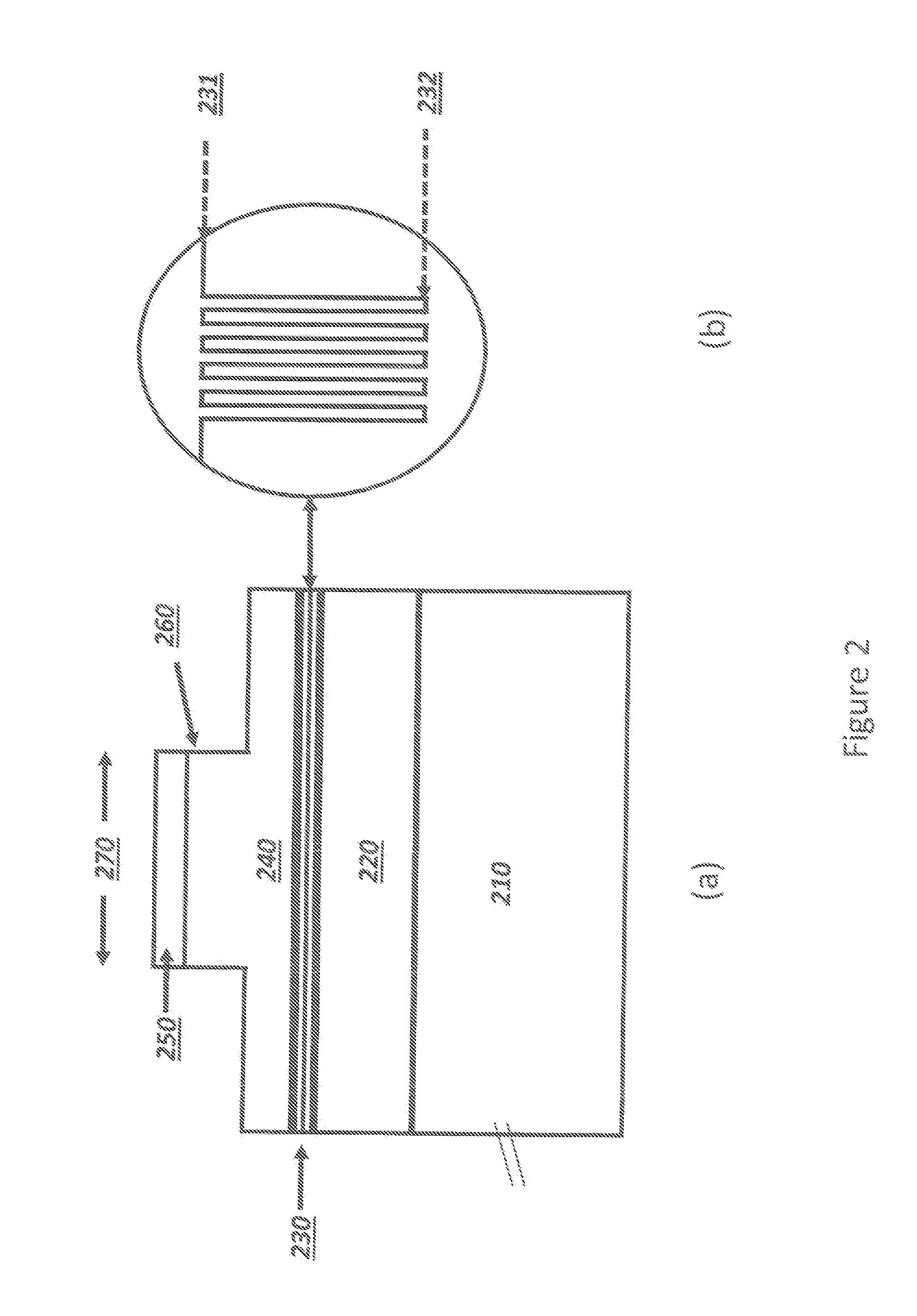Method and System for Operating Semiconductor Optical Amplifiers
a semiconductor optical amplifier and optical amplifier technology, applied in semiconductor lasers, nanotechnology, laser details, etc., can solve the problems of increasing the cost and complexity of drive electronics, requiring high power and high frequency acoustic signals, and reducing the efficiency of semiconductor lasers, so as to improve the modulator extinction
- Summary
- Abstract
- Description
- Claims
- Application Information
AI Technical Summary
Benefits of technology
Problems solved by technology
Method used
Image
Examples
Embodiment Construction
[0021]Before the present devices, systems and methods are described, it is to be understood that this invention is not limited to the particular processes, devices, or methodologies described, as these may vary. It is also to be understood that the terminology used in the description is for the purpose of describing the particular versions or embodiments only and is not intended to limit the scope of the present disclosure which will be limited only by the appended claims.
[0022]Certain terms are defined in this section to facilitate understanding of exemplary embodiments.
[0023]A semiconductor optical amplifier (SOA) provides optical gain, typically embodied in a layered semiconductor structure that incorporates a waveguide that transmits light from the entrance facet of the device to the exit facet. The semiconductor optical amplifier is typically excited by injection of electrons and holes through electrical contacts. The facets of the semiconductor optical amplifier are often prov...
PUM
 Login to View More
Login to View More Abstract
Description
Claims
Application Information
 Login to View More
Login to View More - R&D
- Intellectual Property
- Life Sciences
- Materials
- Tech Scout
- Unparalleled Data Quality
- Higher Quality Content
- 60% Fewer Hallucinations
Browse by: Latest US Patents, China's latest patents, Technical Efficacy Thesaurus, Application Domain, Technology Topic, Popular Technical Reports.
© 2025 PatSnap. All rights reserved.Legal|Privacy policy|Modern Slavery Act Transparency Statement|Sitemap|About US| Contact US: help@patsnap.com



